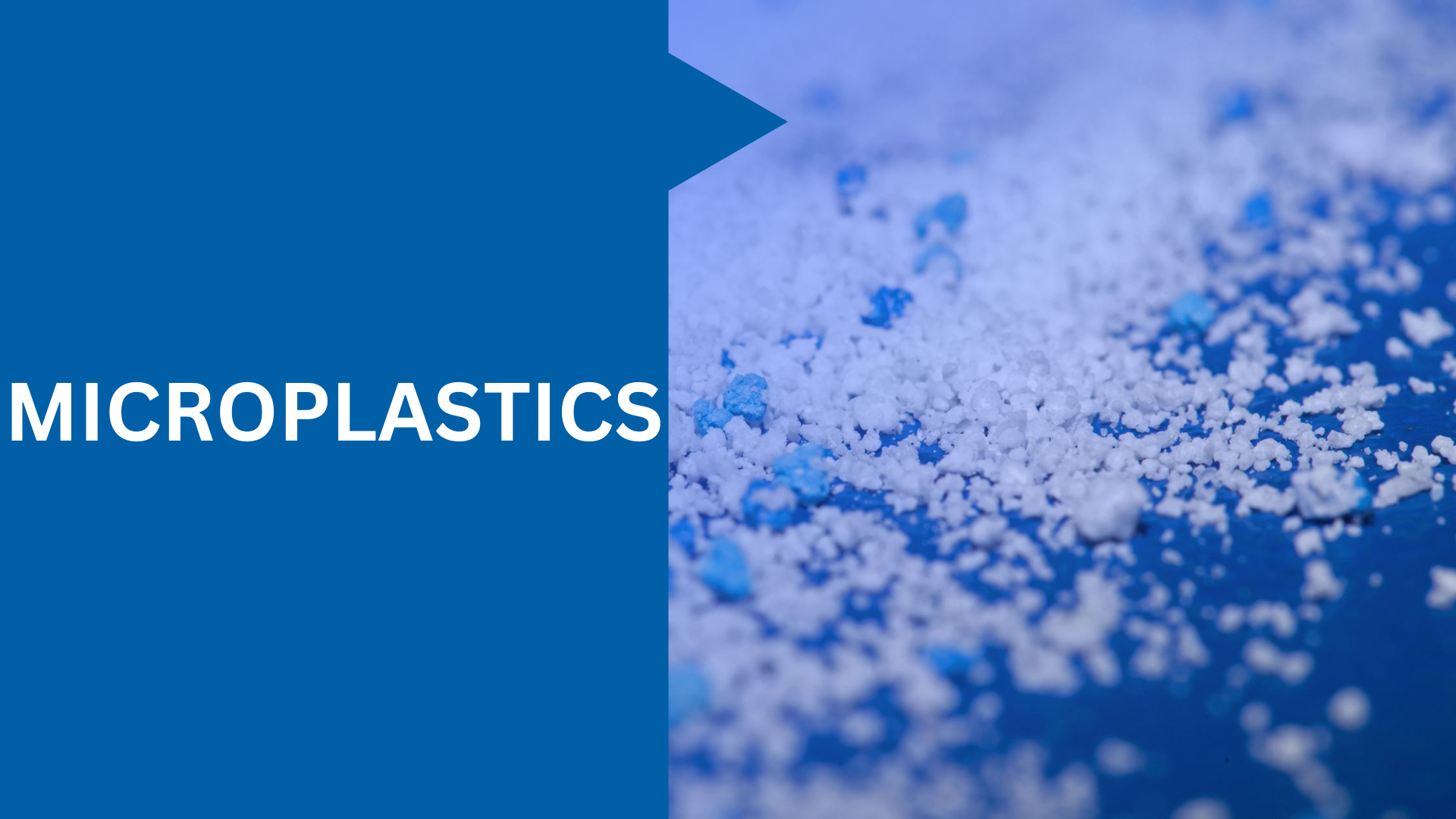Introduction to Microplastics
Imagine enjoying a meal at your favorite seafood restaurant. You relish every bite, unaware that what you’re ingesting contains more than just the listed ingredients. You’re also consuming microplastics – tiny, often invisible particles of plastic. But what exactly are microplastics and why are they a concern?
Defining Microplastics
Physical Characteristics
Microplastics are minuscule plastic particles measuring less than 5mm in size. They come in various shapes and sizes, from microscopic fibers to tiny beads.
Chemical Composition
They’re composed of various types of plastic, such as polyethylene, polypropylene, and polystyrene, which are known for their durability and resistance to degradation.
The Origin of Microplastics
Primary Microplastics
Primary microplastics are produced to be small. They can be found in products like facial scrubs, toothpaste, and industrial abrasives.
Secondary Microplastics
Secondary microplastics result from the breakdown of larger plastic items, such as water bottles and shopping bags, over time through natural weathering processes.
How Microplastics Enter Our Environment
Through Consumer Products
When you wash products containing microplastics down the drain, they can pass unfiltered through sewage treatment plants and end up in our rivers and seas.
Through Industrial Waste
Industries can inadvertently release microplastics as part of their waste products, contributing to environmental pollution.
Through Weathering of Plastic Debris
Larger plastic debris, when exposed to the elements, breaks down into smaller and smaller pieces until they become microplastics.
The Prevalence of Microplastics
In Oceans
Microplastics are prevalent in our oceans, impacting marine life and, through the food chain, potentially humans.
In Soil
Studies have shown that microplastics are also present in our soil, impacting terrestrial ecosystems.
In Air
Airborne microplastics, generated from the wear and tear of car tires or clothing, can end up in our lungs when inhaled.
The Impact of Microplastics on Wildlife
Microplastics pose a substantial threat to wildlife. They are mistaken for food by marine and terrestrial animals, causing physical harm and releasing toxic chemicals when ingested.
Microplastics and Human Health
The full impact of microplastics on human health is still under research. However, there are concerns about potential harmful effects, especially considering the pervasiveness of these particles in our environment and food.
Efforts to Mitigate the Microplastics Problem
Changes in Manufacturing
Manufacturers are exploring alternatives to microplastics in their products to lessen environmental impact.
Cleanup Initiatives
Organizations are implementing cleanup initiatives to remove existing plastic debris before it breaks down into microplastics.
Policy Changes and Regulation
Governments are stepping up regulations, imposing bans on microplastics in certain consumer products.
How Individuals Can Help Reduce Microplastics
Individuals can help by reducing their plastic consumption, properly disposing of plastic waste, and supporting legislation and companies that aim to reduce plastic pollution.
Conclusion
Microplastics, despite their minuscule size, pose a huge problem for our environment and potentially our health. Awareness and actions on multiple fronts – from individual habits to industry practices and government policies – are critical in tackling this issue.


